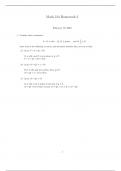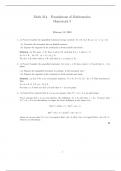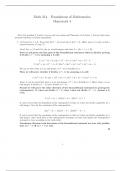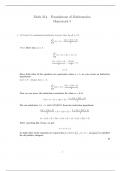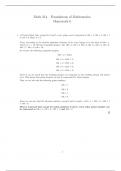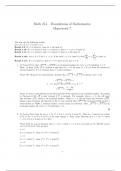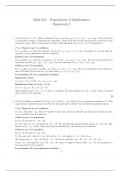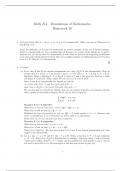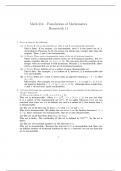MATH 214 (MATH214)
College Of William And Mary
All 10 results
Sort by
Learn how to write the negation, contrapositive, and inverse of conditional statements and simple functions.
Learn how to use math symbols to enhance the level of your proofwriting.
Learn how to prove if something is odd, even, or prime by writing mathematical proofs.
Learn how to use mathematical induction in inequalities and summation functions.
Learn how to solve and write proofs dealing with GCD and modular computations.
Learn how to find the last digit of a number, how to show a function is bijective, and solve proofs involving modular proofs.
Learn how to find bijections in functions and how to compute modular operations.
Assignment That shows how to prove functions are bijective.
Assignment describing how to find if a set is denumerable, countable, or uncountable.
Homework Answers to the applications of the Schröder–Bernstein Theorem, as well as questions regarding injective and surjective functions

$6.50 for your textbook summary multiplied by 100 fellow students... Do the math: that's a lot of money! Don't be a thief of your own wallet and start uploading yours now. Discover all about earning on Stuvia

